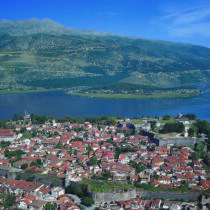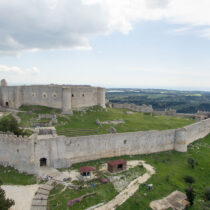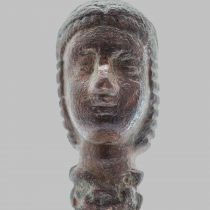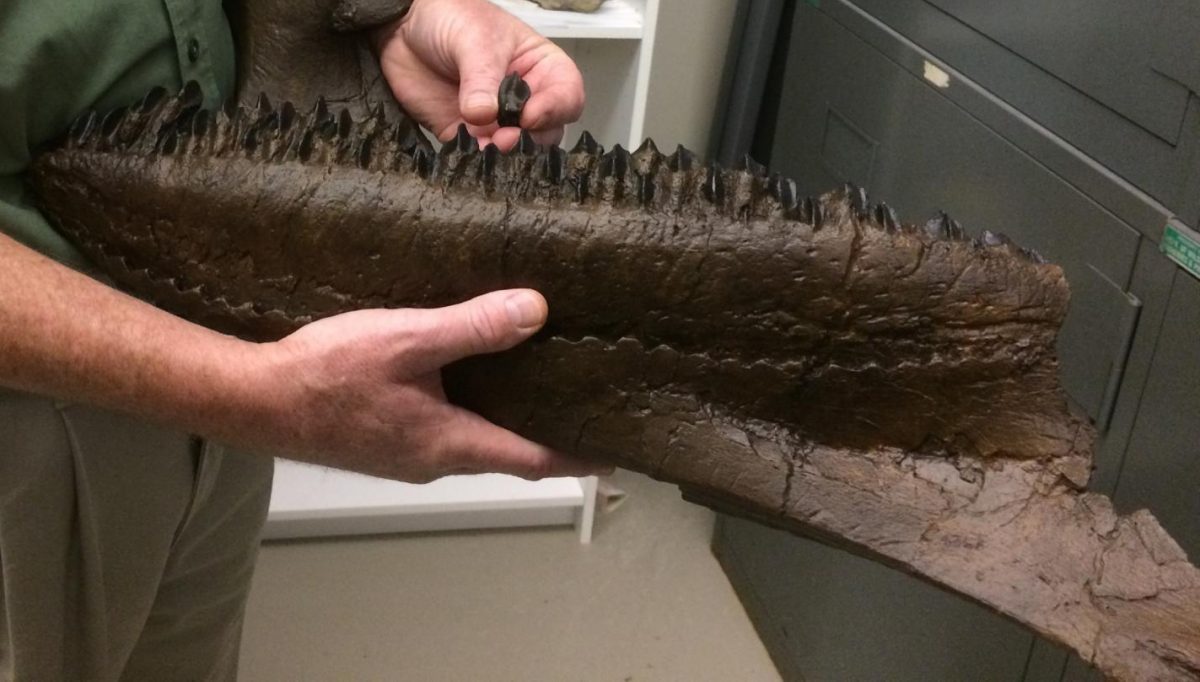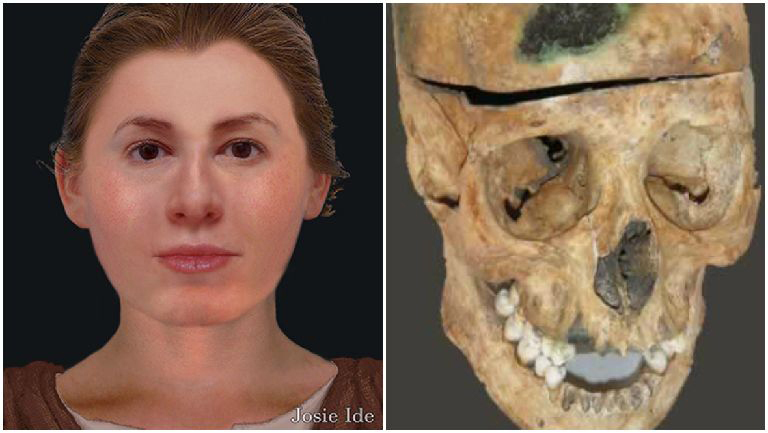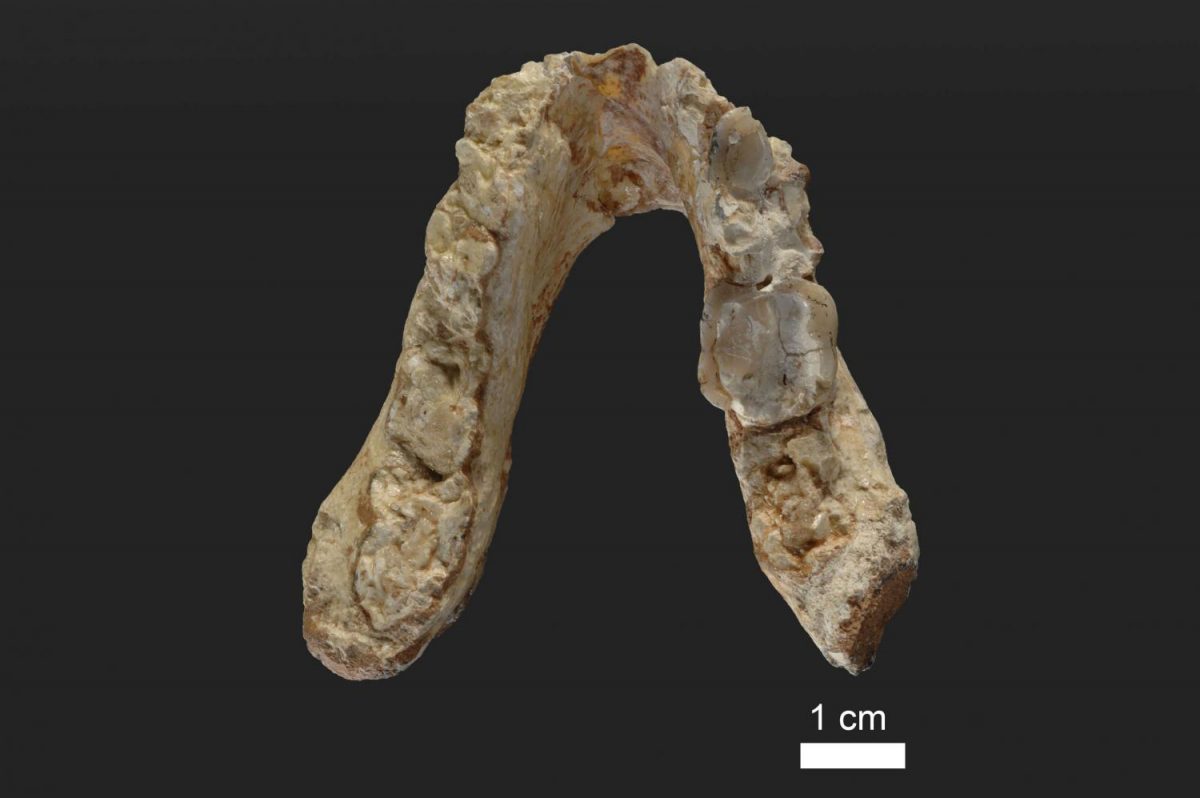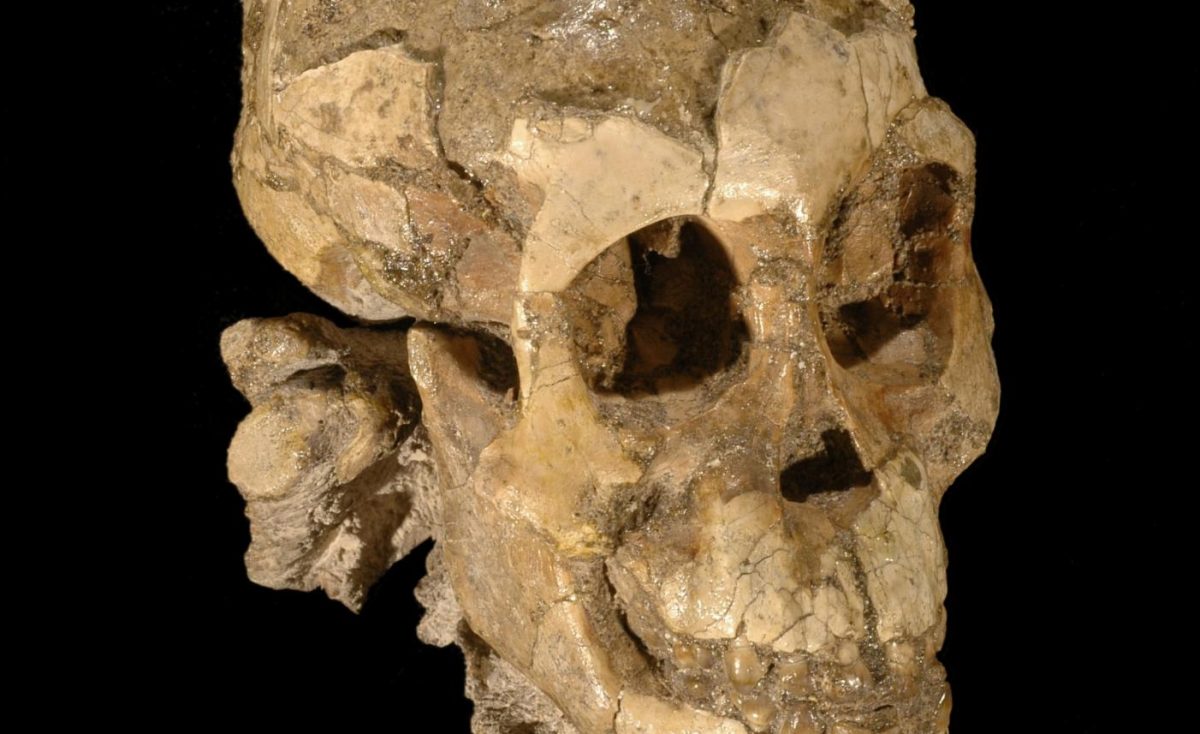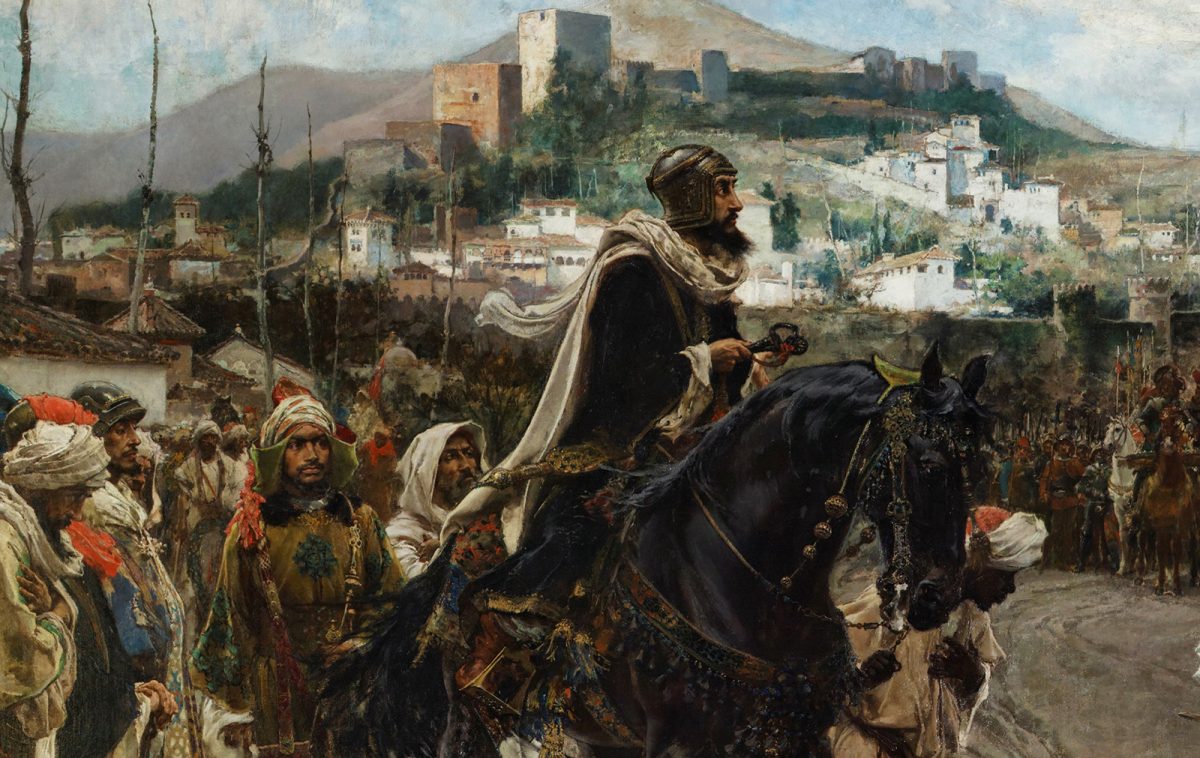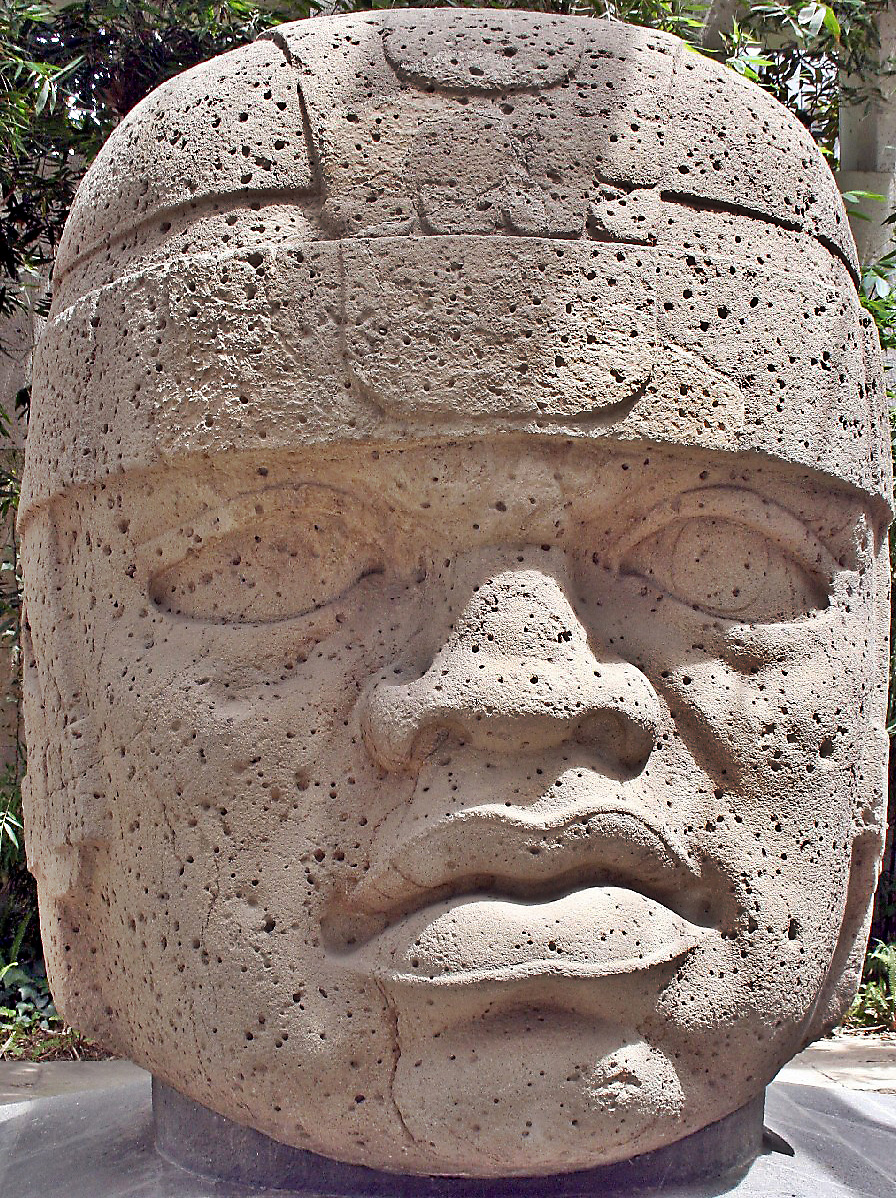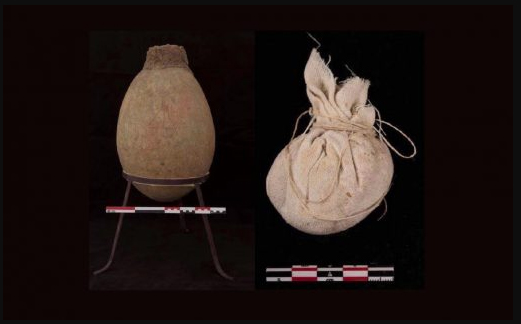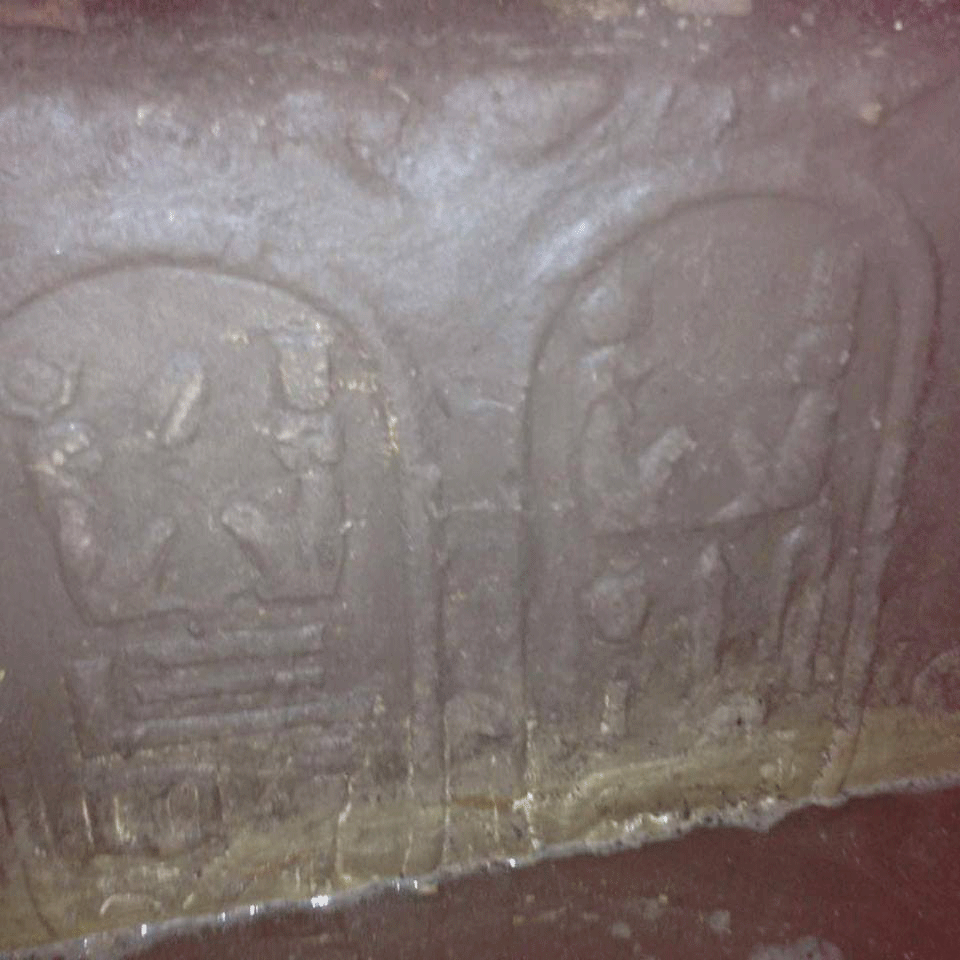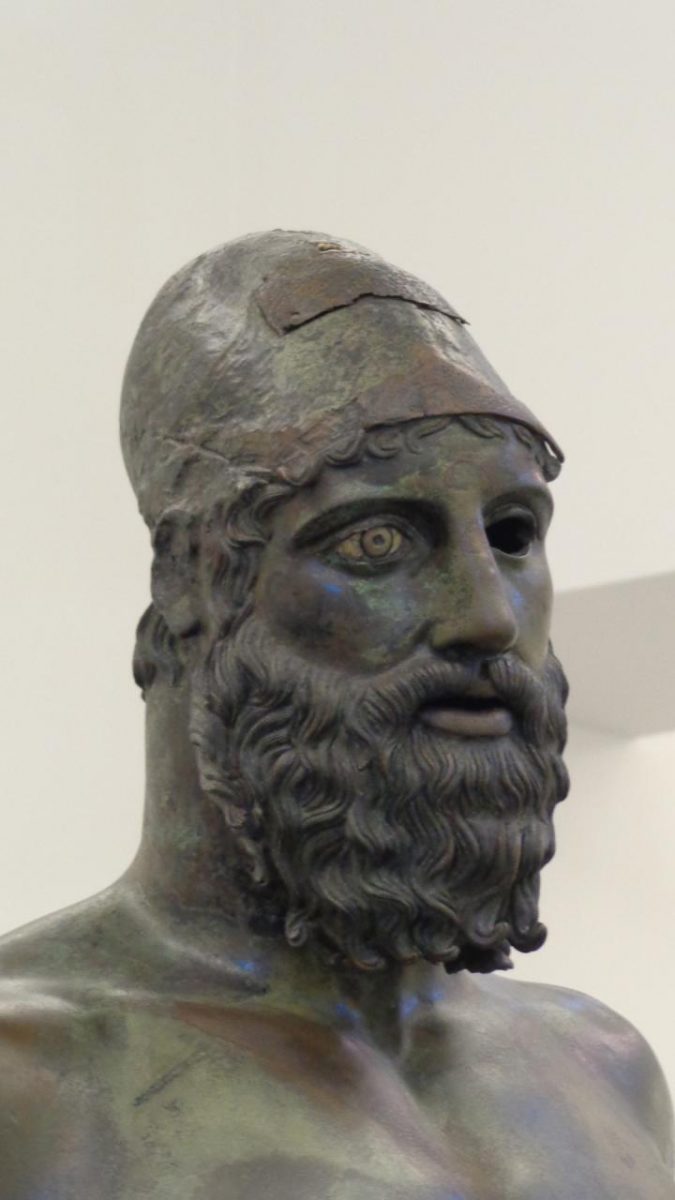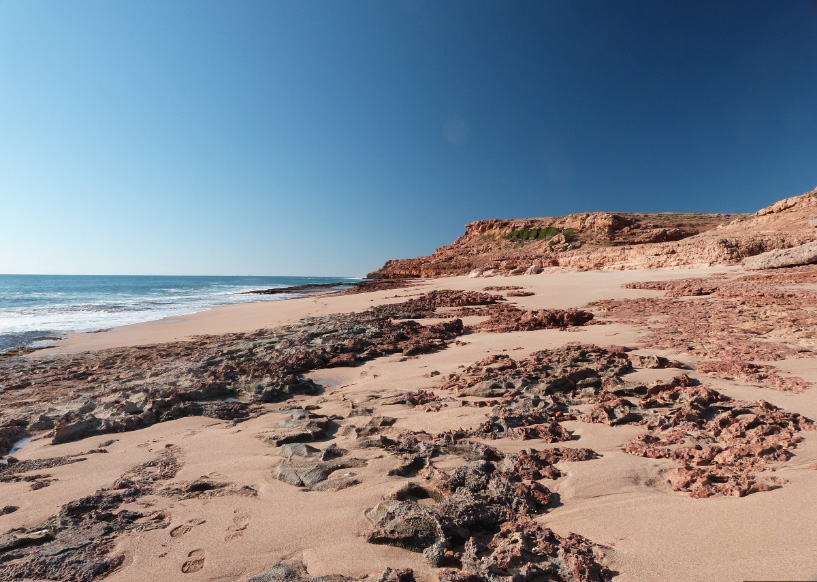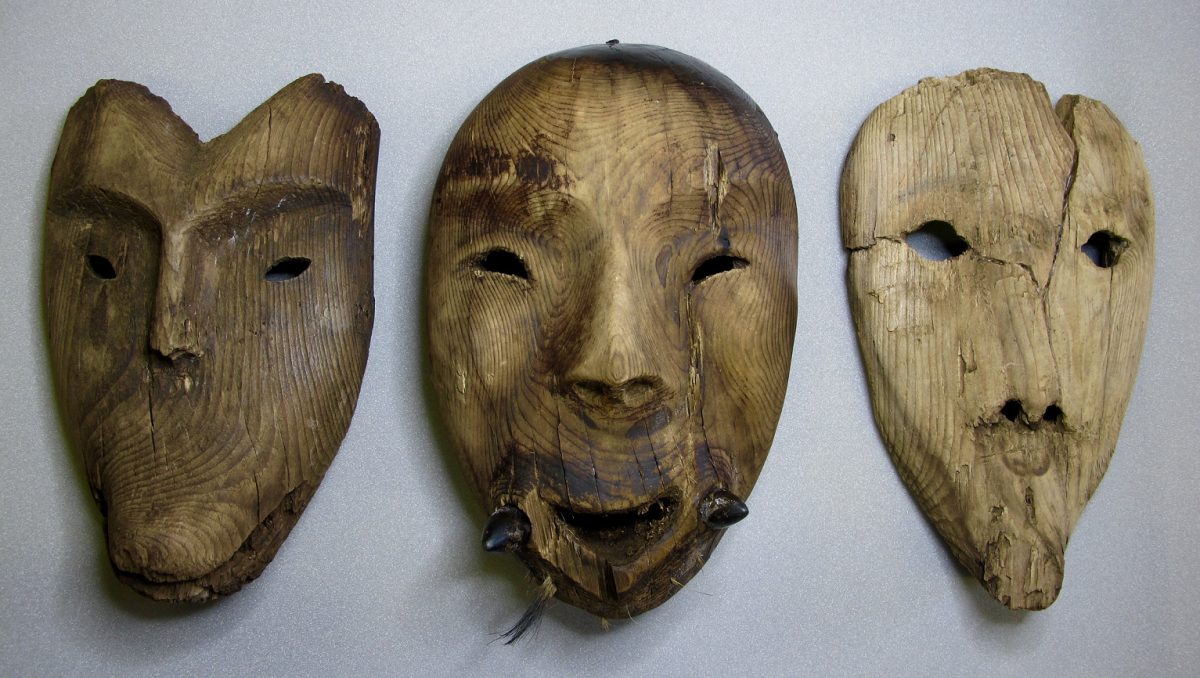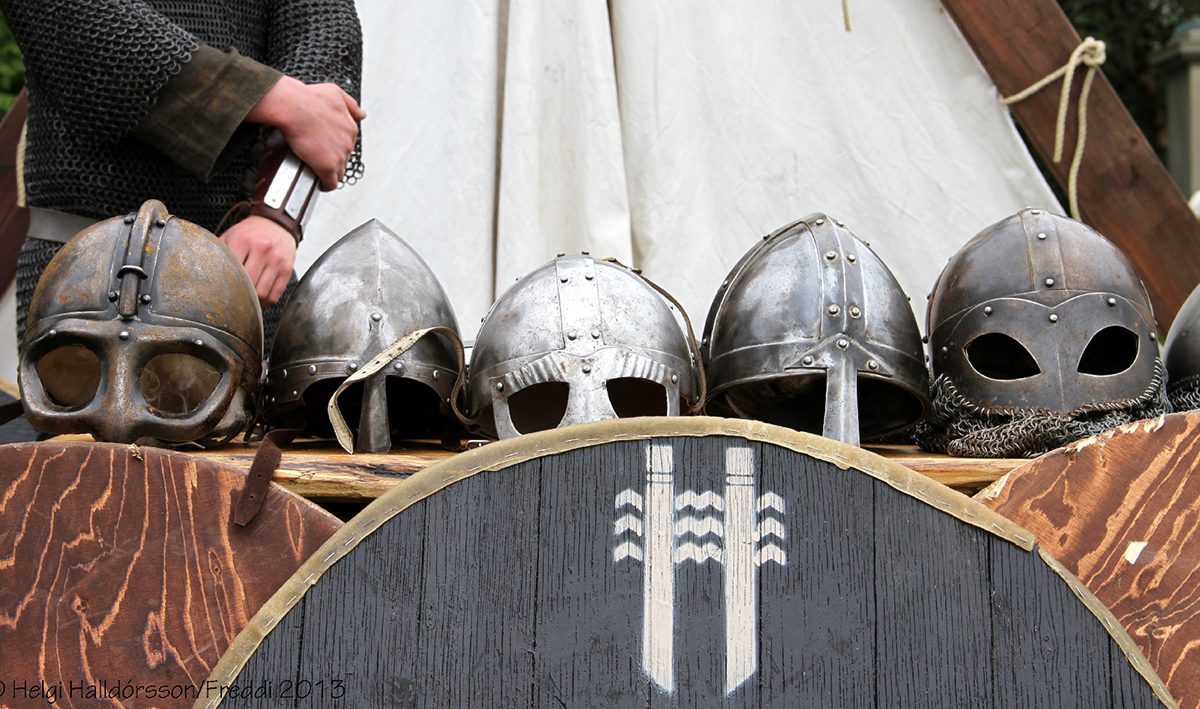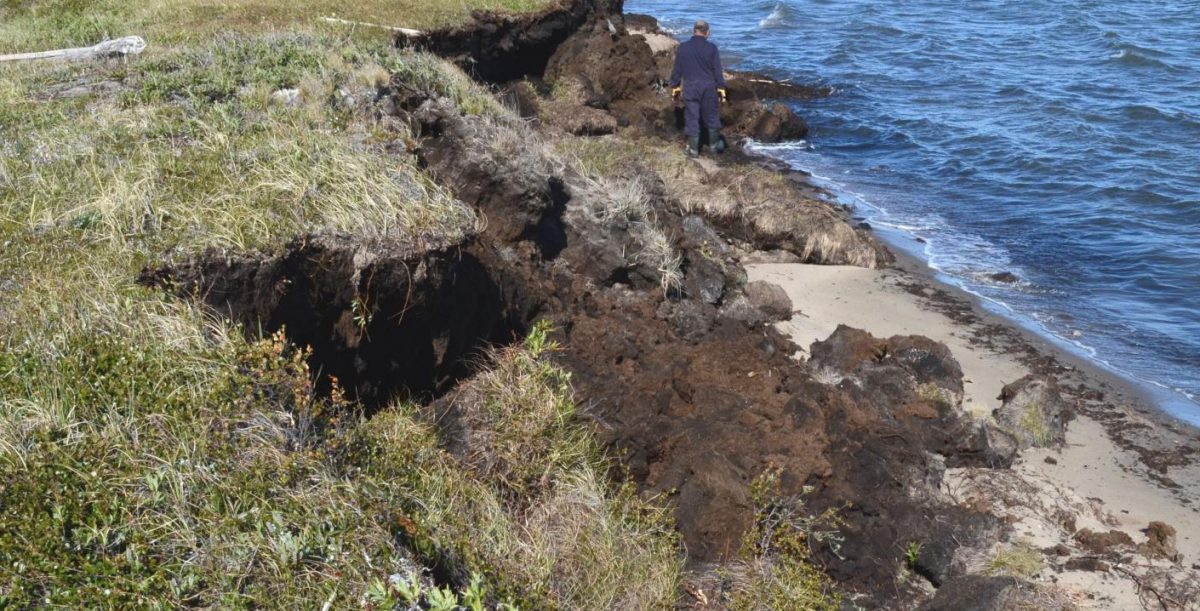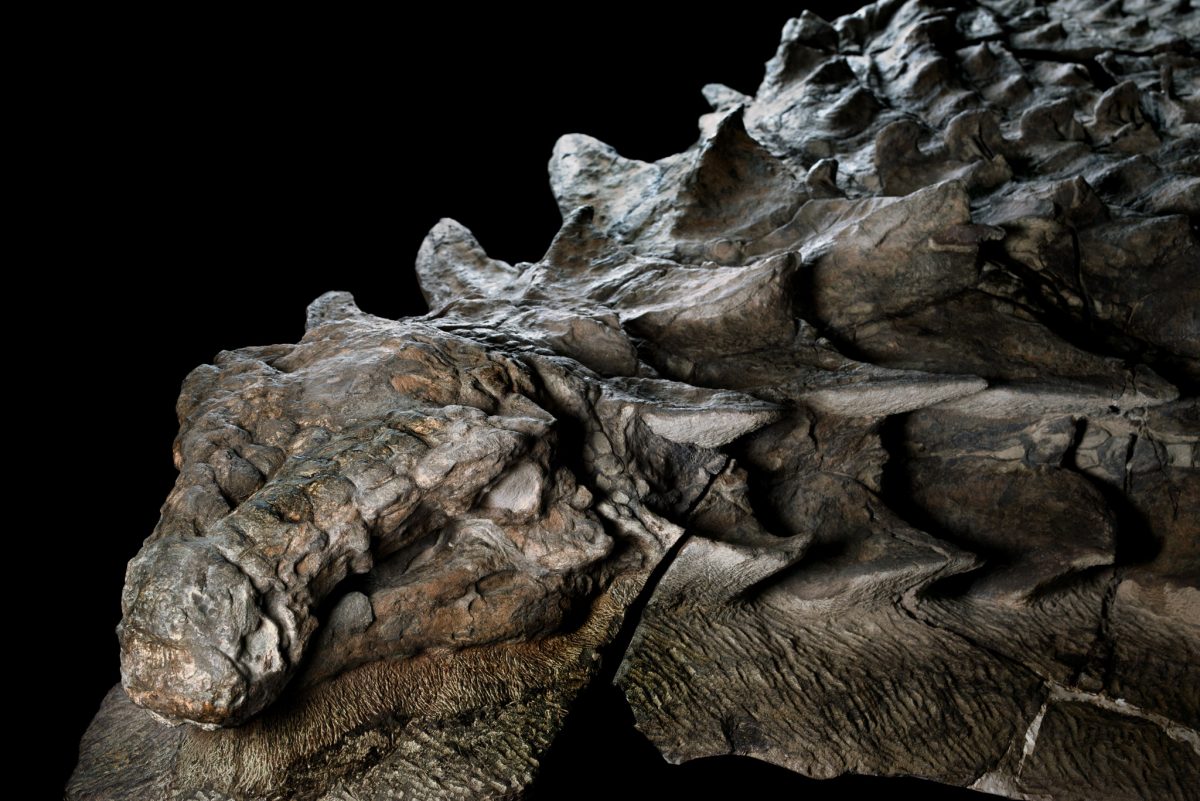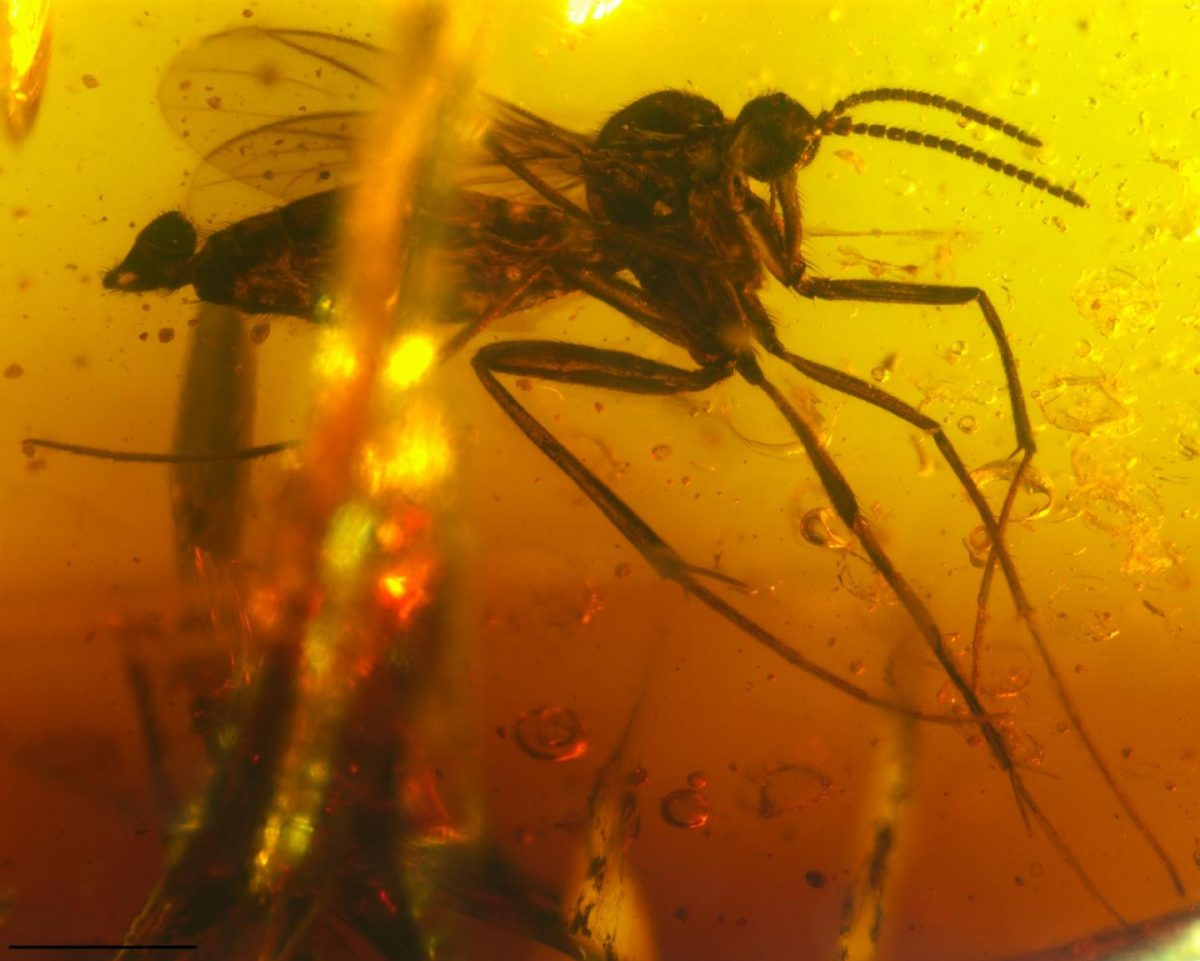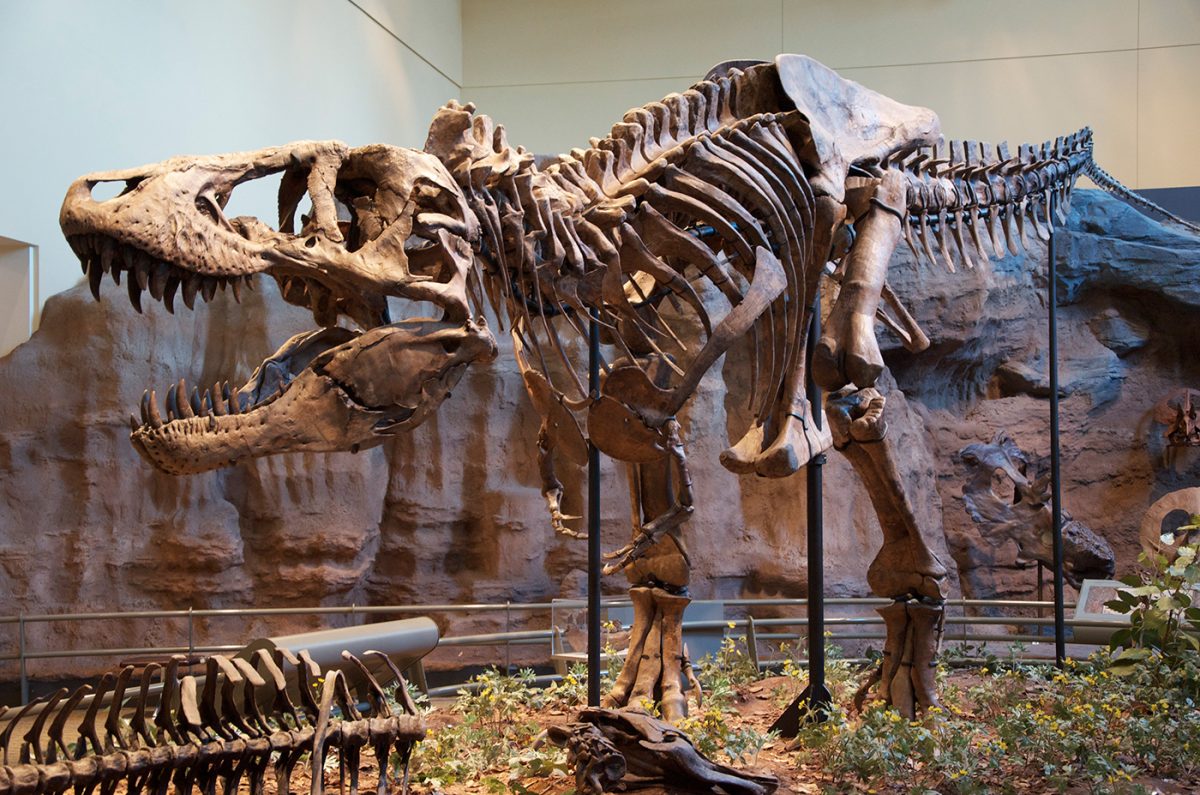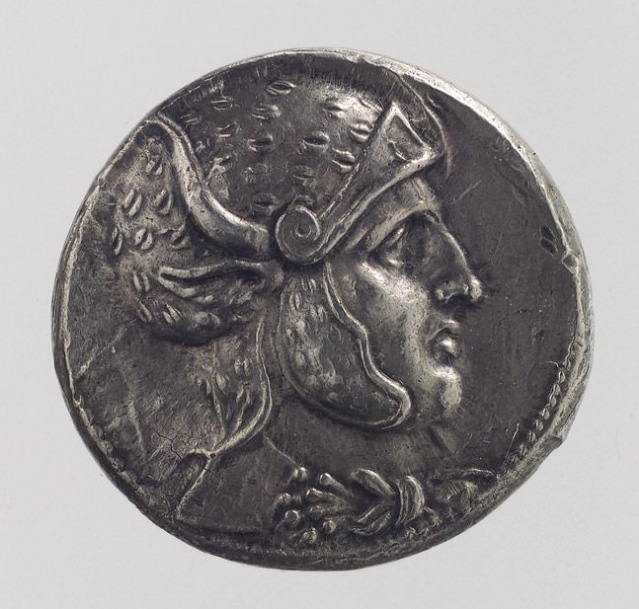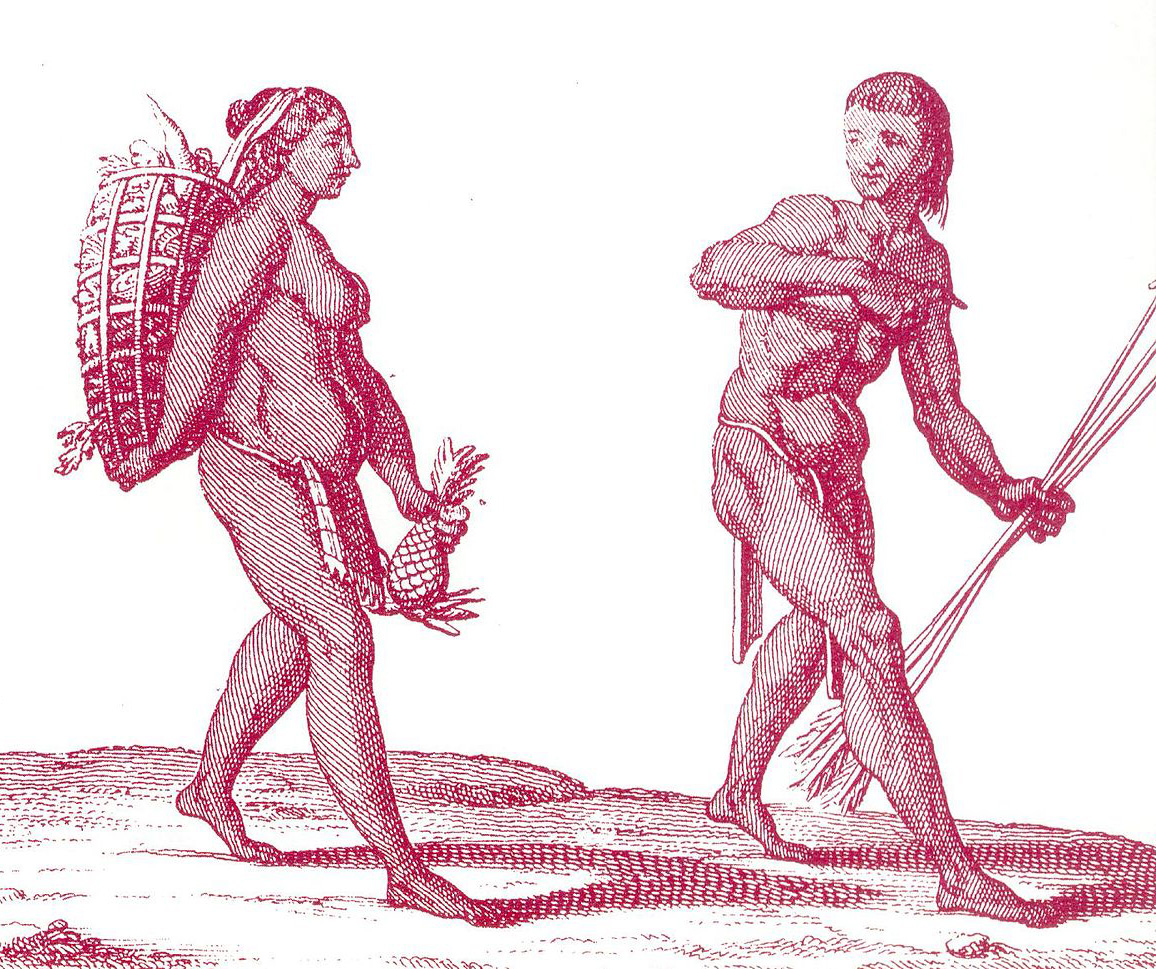‘Agricultural revolution’ in Anglo-Saxon England sheds new light on medieval land use
University of Leicester academics work with University of Oxford in project to examine how historical farming methods changed England’s landscape.
Well-traveled tool shows early humans covered vast distances
A new analysis of an obsidian scraper excavated in southern Syria during the 1930s demonstrates that, shortly after Neanderthals disappeared, modern humans covered far greater distances than previously known.
Rare tooth find reveals horned dinosaurs in eastern North America
A chance discovery in Mississippi provides the first evidence of an animal closely related to Triceratops in eastern North America.
Facing up to a grave discovery at the City Art Centre of Edinburgh
Shedding light on Edinburgh’s murky medical past, the face of an early autopsy patient has been unveiled for the first time.
Scientists find 7.2-million-year-old pre-human remains in the Balkans
New findings suggest the split of the human lineage occurred in the Eastern Mediterranean and not – as customarily assumed – in Africa.
3.3 million-year-old fossil reveals the antiquity of the human spine
Eager to tell her story, the almost perfect fossil skeleton of a 2 1/2 year-old toddler was discovered at Dikika, Ethiopia.
Roman Cultural Memory
A series of three conferences will explore the impact of the bourgeoning field of memory studies on the study of Latin Literature and Culture.
The last Muslim King in Spain
Cambridge academic Elizabeth Drayson presents the first full account in any language of the Moorish sultan of Granada, and head of the Nasrid dynasty.
Anthropologist finds evidence for shared governance in ancient Mexico
The citizens of Tres Zapotes may have shared the power, not among each individual in that society, but at least among several different factions within the city.
56 embalming jars for the mummification of high Vizier
An excavation project by a joint Egyptian and Spanish archaeological mission from University of Alcalá has uncovered 56 embalming jars for the mummification of the vizier Ipi.
Stone block with engraved cartouche found in Egypt
Authorities in Egypt have found an engraved stone block while inspecting an illegal excavation site in the Sohag town of Abydos.
Sicily to Cyprus show shared genetic heritage
A new study describes the genetic fingerprints of the Mediterranean people with high-density genomic markers and a wide sample of modern populations from Sicily and Southern Italy.
Earliest evidence found for Aboriginal people living on the Australian coast
Researchers confirmed evidence from a remote cave in Australia’s North West that pushes back human occupation of Australia to around 50,000 years ago.
Returning large Alaskan archaeological haul found ‘frozen in time’
A huge collection of artefacts “frozen in time” which offer a unique insight into the indigenous people of Alaska will be returned to the region by the University of Aberdeen.
Archaeologists uncover Viking Army Camp
A huge camp which was home to thousands of Vikings as they prepared to conquer England in the late ninth century has been uncovered by archaeologists.
Resurrecting identities in the Andes
Researchers created a new model that brings together multiple lines of investigation to understand ancient lives on a microscale through the clues left behind in the grave.
Study sheds light on Earth’s first animals
Study shows that the Ediacaran-era fossil animal Dickinsonia developed in a complex, highly regulated way using a similar genetic toolkit to today’s animals.
GIS — a powerful tool to be used with caution
Canadian archaeologists challenge the credibility of GIS methods to assess the impact of weather on shoreline erosion.
Grounds for Discovery at the Royal Tyrrell Museum of Palaeontology
A new exhibit at the Royal Tyrrell Museum of Palaeontology welcomes Albertans to discover spectacular fossil finds from across the province.
Time flies: Insect fossils in amber shed light on India’s geological history
A new species of fungus gnat in Indian amber closely resembles its fossil relatives from Europe, disproving the concept of a strongly isolated Indian subcontinent.
The secrets behind T. rex’s bone crushing bites
The giant Tyrannosaurus rex pulverized bones by biting down with forces equalling the weight of three small cars while simultaneously generating world record tooth pressures.
New Directions in Seleucid Archaeology
Call for Papers for a workshop at the next Annual Meeting of the Archaeological Institute of America, which will be held in Boston (USA) from January 4 to 7, 2018.
Why did hunter-gatherers first begin farming?
Researchers from the Grantham Centre for Sustainable Futures at the University of Sheffield have shed light on how hunter-gatherers first began farming and how crops were domesticated to depend on humans.
